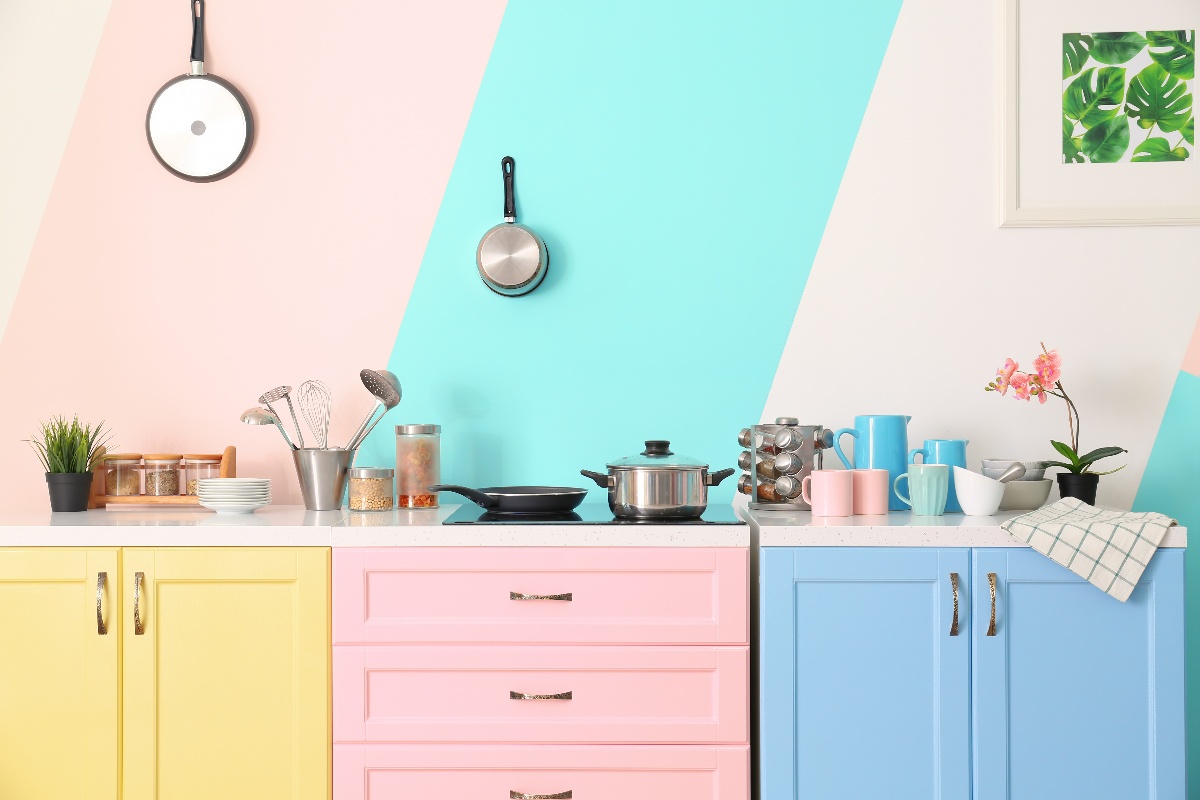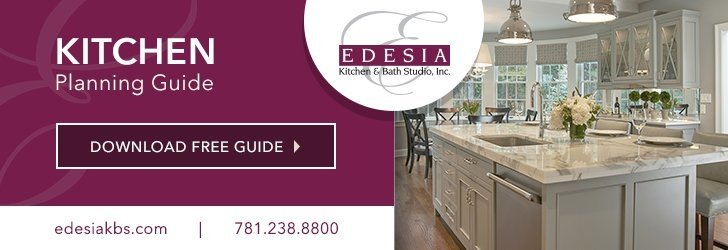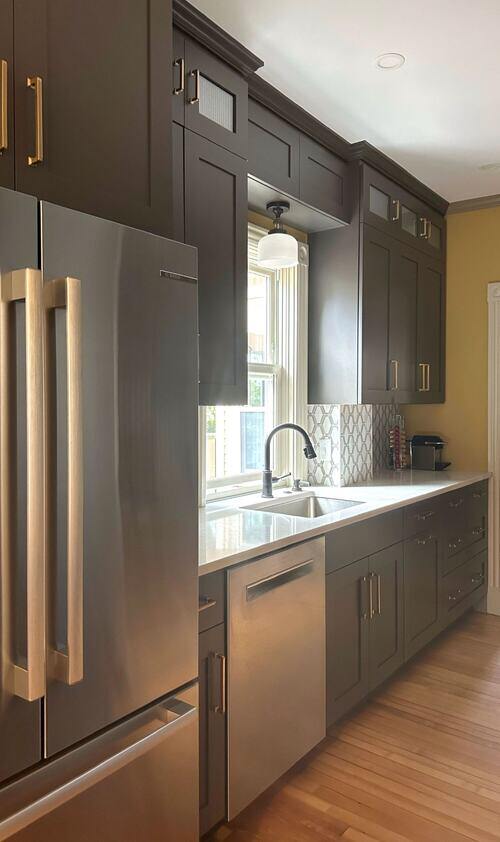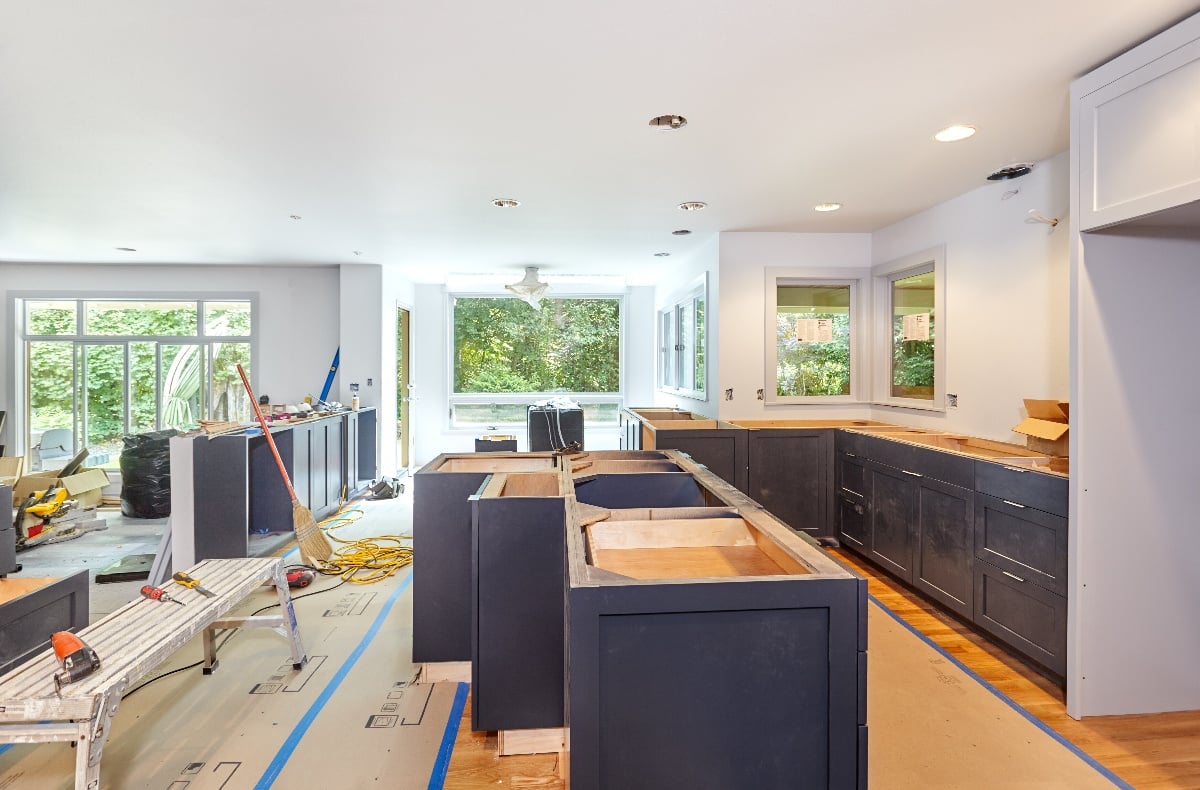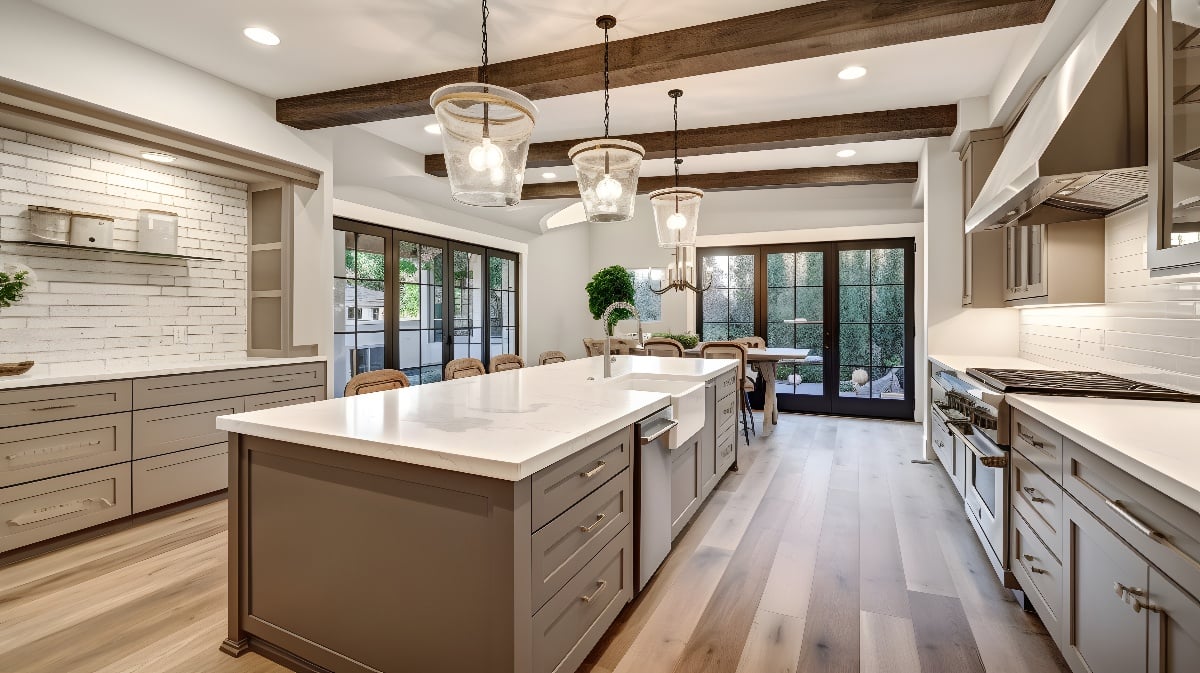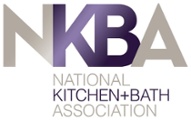You've decided it's finally time to remodel your outdated kitchen. While new appliances and cabinetry will make a huge difference, nothing transforms a space quite like fresh paint. The colors you choose for your walls, cabinets, and accents set the tone for the whole room. But with so many options, how do you settle on a palette that's right for you? Don't stress! This guide will walk you through the process, step-by-step. We'll cover everything from figuring out your style to selecting finishes that complement each other.
With a few expert tips, you'll have the colorful, inviting kitchen of your dreams in no time. Let's get started!
Factors to Consider When Selecting Kitchen Colors
Color Schemes
The color scheme you choose will set the overall tone for your kitchen. Warm tones like reds, oranges and yellows create a cozy feel, while cool blues and greens are more calming. For a balanced look, combine warm and cool shades in your cabinets, walls and accents.
Lighting
The amount of natural light your kitchen gets is important to consider. Darker colors will make a space feel more cramped in a room with little natural light. Stick to lighter hues if your kitchen is dim. If you have plenty of windows, you have more flexibility to use medium or darker shades.
Flooring and Countertops
The colors you pick should complement your flooring and countertops. For example, medium wood cabinets pair well with granite countertops and hardwood floors. White or light gray cabinets create a sleek, modern look with stone or quartz countertops. Choose paint colors and accents that tie the whole look together.
Accent Pieces
Don't forget about accent pieces like rugs, towels, artwork and small appliances. Pull colors from these accents when choosing your wall and cabinet colors. For example, if you have colorful Fiestaware dishes, incorporate some of those bright hues in your backsplash or paint choice. Accents are an easy way to add pops of color without overpowering the space.
With some thought about how colors, lighting and materials work together, you'll end up with a kitchen color scheme you'll love for years to come. Finding the right balance of warm and cool, dark and light will make your kitchen as welcoming and functional as possible.
The Best Paint Colors for Kitchens by Style
Modern Kitchens
For a sleek, contemporary kitchen, go with a monochromatic color scheme in grays, blacks or whites. A popular modern look is an all-white kitchen with stainless steel accents. If you want to add a pop of color, consider a bold hue like fire engine red or cobalt blue on one accent wall or for kitchen cabinets. The high contrast will make a dramatic statement.
Traditional Kitchens
Warm, cozy colors are perfect for traditional kitchens. Think shades of cream, tan, light yellow or light blue. For a cottage feel, a pale sage green is lovely. Wood elements like oak or pine cabinets and butcher block countertops also pair well with these hues.
Country Kitchens
Cheery, bright colors evoke a casual country vibe. Consider sunny yellows, cherry reds or robin's egg blue. Floral prints and stencils are whimsical accents. For walls, a creamy off-white or buttery pale yellow allows colorful furnishings and textiles to shine through.
Eclectic Kitchens
If your style is a mix of influences, choose a vibrant color palette with a variety of complementary hues. Paint walls in a striking shade like plum, forest green or burnt orange and then add accents in two or three other colors from the same color family. The varied tones will give your kitchen a lively, artsy feel that reflects your eclectic tastes.
With the right paint colors and accents for your kitchen's style, you'll have a space that both looks and feels totally you. Now, grab a brush and get to work! Your dream kitchen awaits.
Expert Tips for Coordinating Your Kitchen Color Scheme
Matching colors in your kitchen design can make or break the overall look and feel of the space. Here are some tried-and-true tips for choosing a cohesive color scheme:
Stick to a color theme
Select two or three main colors to build your kitchen color scheme around, such as blue and yellow or red and green. Use the 60-30-10 rule: 60% of the space in your dominant color, 30% in your secondary color, and 10% in an accent color. This creates visual harmony without being too monotonous.
Consider the color wheel
Colors that are opposite each other on the color wheel, known as complementary colors, provide nice contrast, such as blue and orange or red and green. Analogous color schemes with colors adjacent on the wheel, such as blue, blue-green, and green, tend to be more subtle. For a vibrant kitchen, opt for complementary or triadic (colors evenly spaced on the wheel). Analogous is soothing.
Factor in natural lighting
The amount of natural light in your kitchen will impact how colors appear. North-facing rooms may require brighter, more saturated colors, while a kitchen with southern exposure can handle darker, more dramatic hues. Test your color samples in the actual space at different times of day to see how they are affected by the lighting.
Don’t forget accents
Once you have your wall colors selected, bring the scheme together with coordinating accents like window treatments, seat cushions, decorative accessories, and art. But be careful not to go overboard. A few well-chosen accent pieces are enough to complete the look without seeming cluttered.
By following these tips, you'll end up with a kitchen color scheme that's professionally coordinated but still reflects your unique style. The key is balancing different hues, values, and saturations for a space you'll love spending time in!
Conclusion
Look, picking colors for your kitchen remodel can feel overwhelming with so many options. But keeping your own style and taste in mind while considering practical factors like lighting will help you narrow it down. Focus on the key areas like cabinetry, counters, and backsplashes. And don't stress - you can always repaint walls or swap out decor down the road. The most important thing is choosing a color palette that makes you excited to cook and entertain. This is your space, so go with your gut and pick something that brings you joy. You got this!

